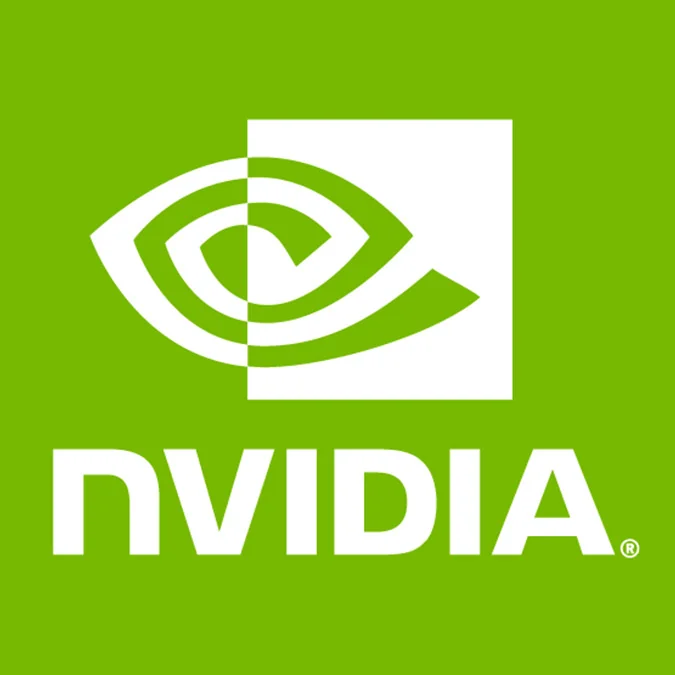NVIDIA 304.30 Supports FXAA, X Server 1.13, K10

The 304.30 beta comes less than a month after the first hefty NVIDIA 304 Linux driver beta that brought DKMS installer support, RandR improvements, and much more. However, due to the hacking of NvNews, the NvNews Linux forums being eliminated, and NVIDIA not yet putting up their own Linux forums (their developers are certainly welcome here too), this is a rather quiet release. The NVIDIA 304.30 Linux driver isn't also yet mentioned on NVIDIA.com until later in the week, but Hardy Doelfel of the NVIDIA Linux team was kind enough to write in about today's driver release.
Key features of the NVIDIA 304.30 Linux x86/x86_64 proprietary Linux graphics driver include:
- Support for the xserver ABI 13. Yes, this means that the NVIDIA Linux binary graphics driver already supports the X.Org Server 1.13 ABI. X.Org Server 1.13 just went into RC stage earlier in July after its merge window was closed while the official release won't be out until September. Fortunately, NVIDIA is quick as always to support the latest API/ABI changes. (Meanwhile, it will probably take the AMD developers until October or November until X.Org Server 1.13 is supported in Catalyst.)
- Support for FXAA, Fast Approximate Anti-Aliasing. Fast Approximate Anti-Aliasing ignores polygons and line edges as it just analyzes the screen's pixels. FXAA is a shader program that analyzes the pixels each frame and smooths out any pixels that create an artificial edge. It's very simple but much less advanced than some of the other anti-aliasing methods. However, due to its simplicity, it's very lightweight and fast. (Yes, there will likely be Phoronix benchmarks soon.)
- A performance regression fix for RENDER Glyphs operations. This fix helps both Cairo and the Google Chrome/Chromium web-browser in particular.
- Support for the Kepler-based NVIDIA Tesla K10.
- Other fixes for RandR, DisplayPort, EDID, etc.
The NVIDIA 304.30 Linux driver package can be obtained from the NVIDIA FTP server for Linux x86_64 and Linux x86.
Due to the downing of the NvNews forums and NVIDIA.com not yet containing the information, below is the official change-log verbatim from the driver package.
- Added support for xserver ABI 13 (xorg-server 1.13).
- Fixed a bug that caused RRSetOutputPrimary requests to incorrectly generate BadValue errors when setting the primary output to None. This caused gnome-settings-daemon to crash after changing the screen configuration in response to a display hotplug or the display change hot-key being pressed.
- Fixed a problem where RENDER Glyphs operations would exhibit severe performance issues in certain cases, such as when used with gradients by Cairo and Chromium.
- Fixed a bug that caused X to hang when resuming certain DisplayPort display devices (such as Apple brand mini-DisplayPort to dual-link DVI adapters) from power-saving mode.
- Added support for the following GPU: Tesla K10
- Fixed a bug that caused an X screen to be extended to Quadro SDI Output devices by default. An X screen will still use an SDI Output device if it is the only display device available. To use a SDI Output device on an X screen with other display devices available, include the SDI Output device with either the "UseDisplayDevice" or "MetaMode" X configuration options.
- Updated X11 modeline validation such that modes not defined in a display device's EDID are discarded if the EDID 1.3 "GTF Supported" flag is unset or if the EDID 1.4 "Continuous Frequency" flag is unset. The new "AllowNonEdidModes" token for the ModeValidation X configuration option can be used to disable this new check.
- Fixed a bug, introduced in the 295.xx release series, with EDID detection on some laptop internal panels. This bug caused the laptop internal panel to show six small copies of the desktop.
- Added support for FXAA, Fast Approximate Anti-Aliasing.
23 Comments

